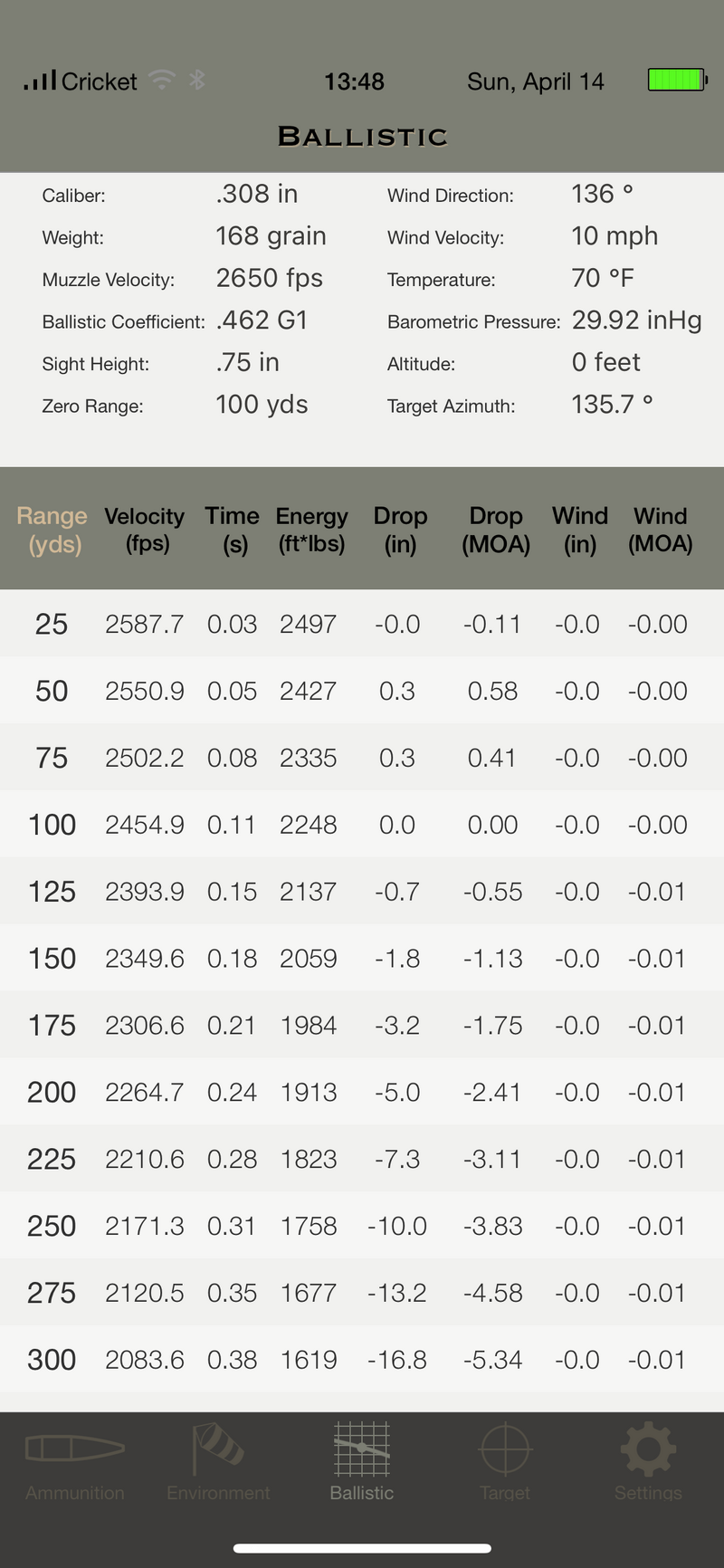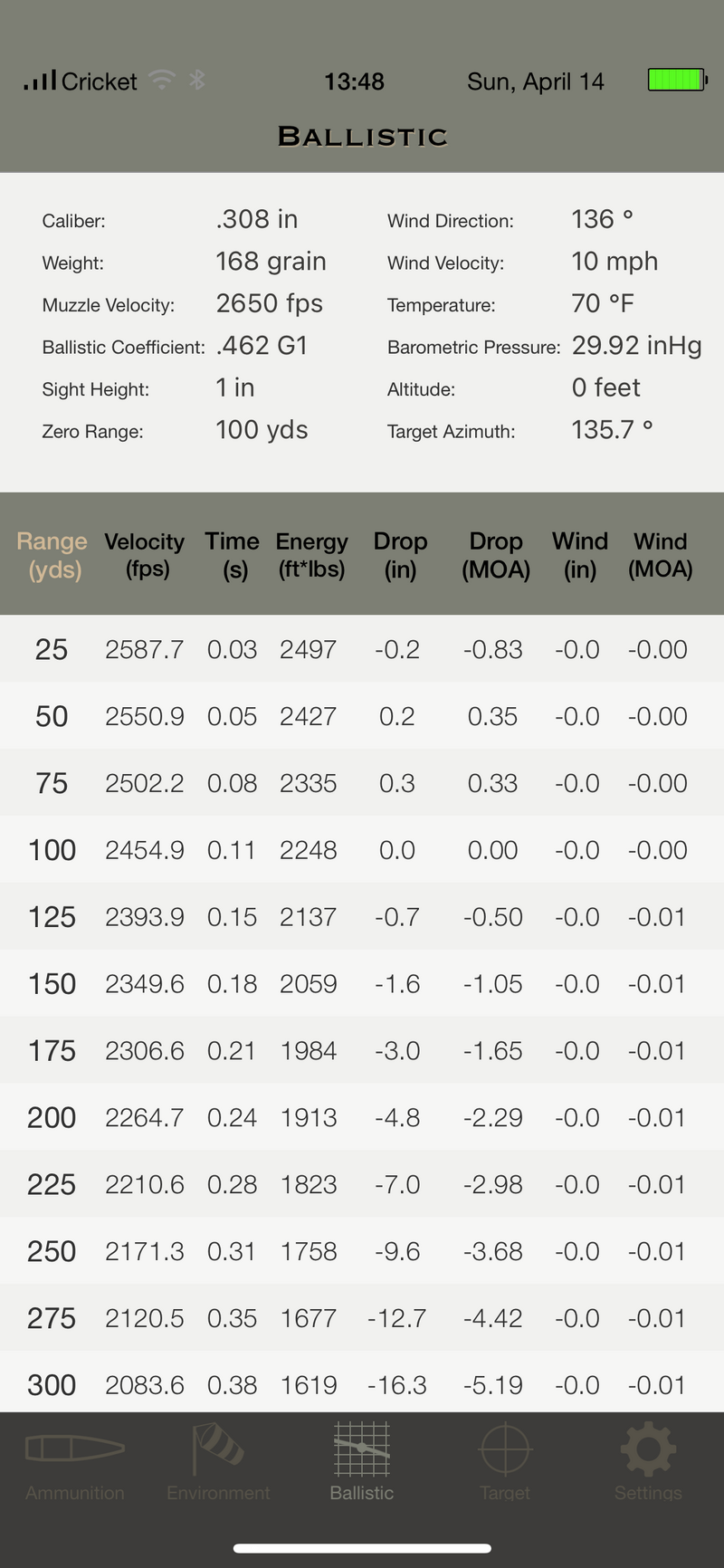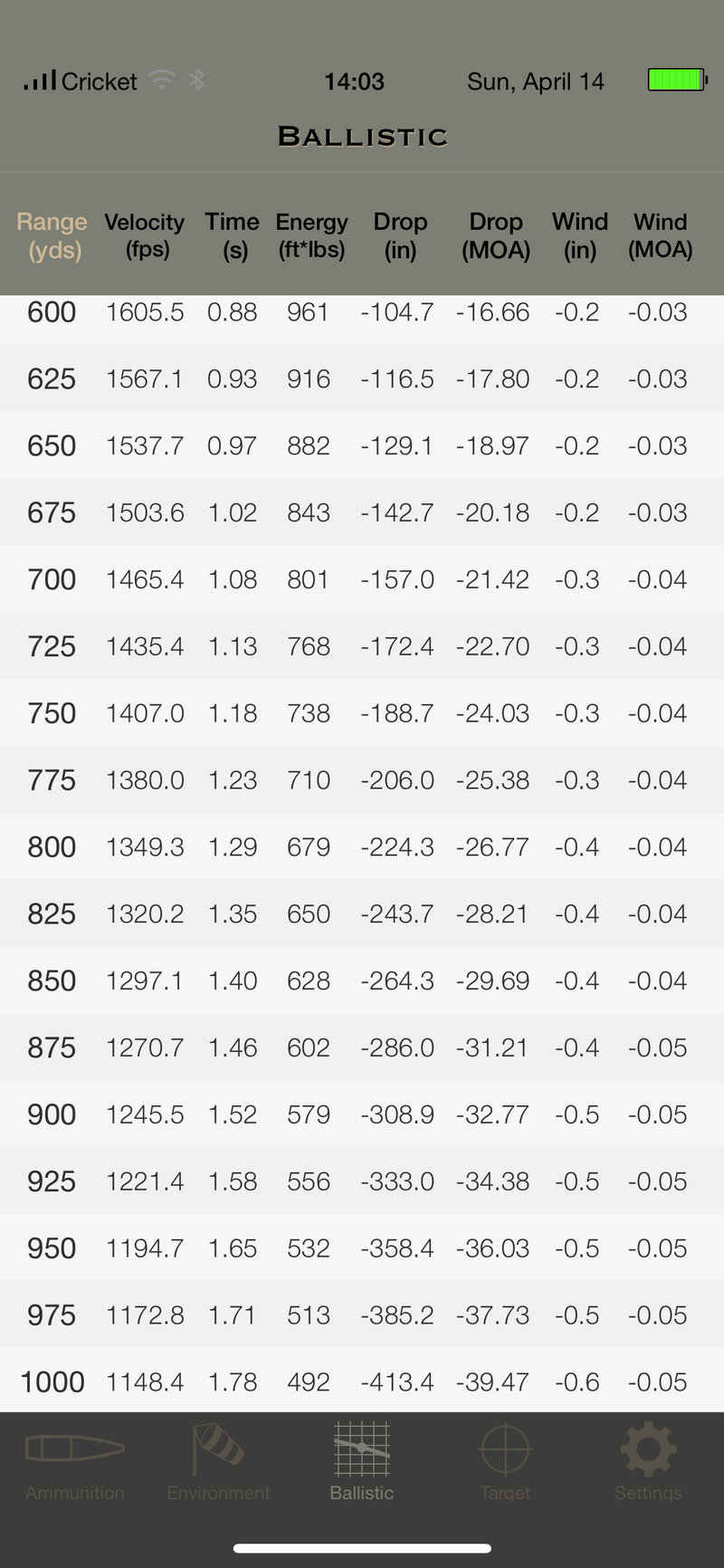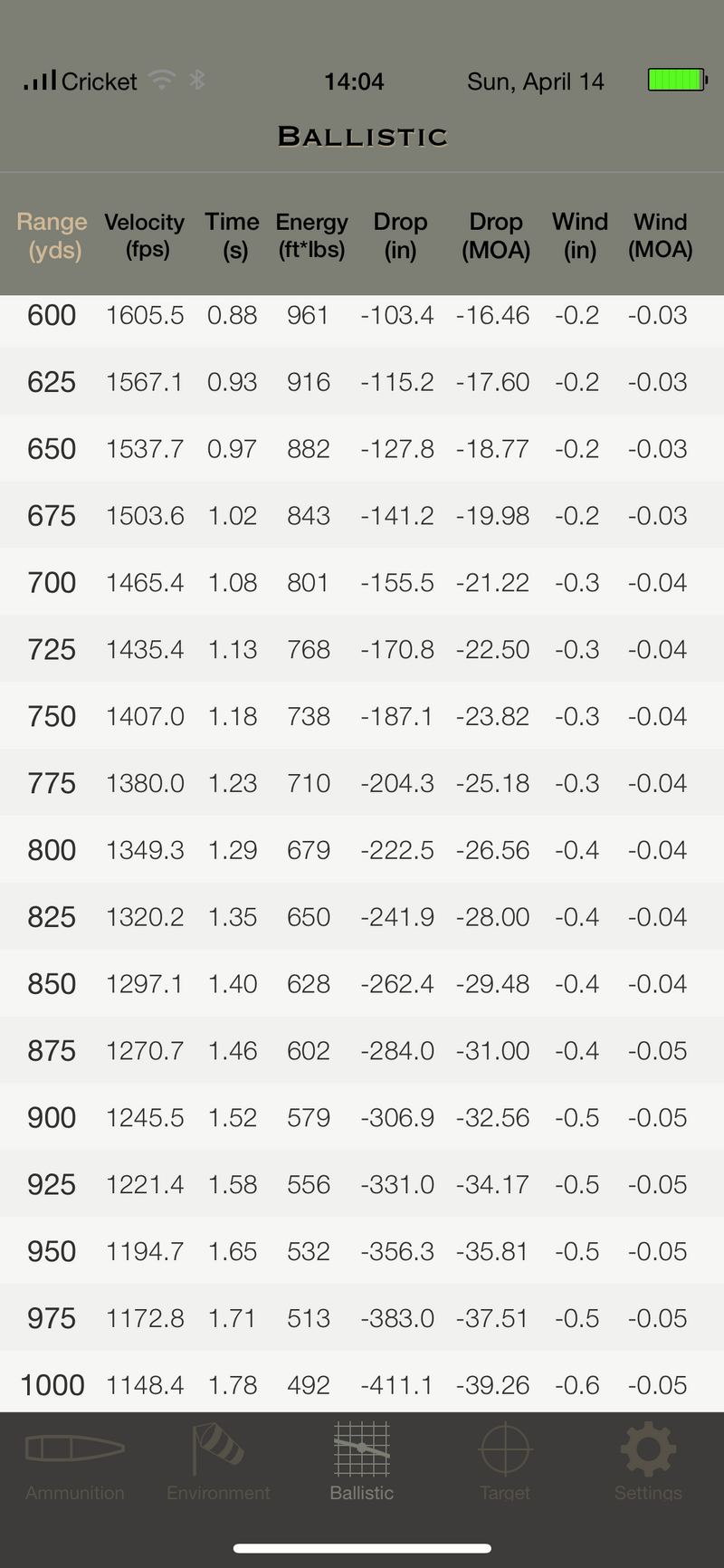Iv always read/ been told you want to mount your optic close as you can to barrel for a variety of reasons.
I was messing around with my ballistics calculator and came across some interesting results. I’m currently using scope rings that are .75. I’m going to raise it .25 for a total of 1”. Before I do I wanted to see if or how much it would change my dope.
I entered .75”, 1”
Going from .75 to 1 there’s about 1/2 inch difference at 300y.
At a 1000y there’s about 2.3 inch difference according to the B.C if all goes well.
Could y’all expand my knowledge on why I would keep my height at .75 rather than 1”?
Only reason for the change is comfort.




I was messing around with my ballistics calculator and came across some interesting results. I’m currently using scope rings that are .75. I’m going to raise it .25 for a total of 1”. Before I do I wanted to see if or how much it would change my dope.
I entered .75”, 1”
Going from .75 to 1 there’s about 1/2 inch difference at 300y.
At a 1000y there’s about 2.3 inch difference according to the B.C if all goes well.
Could y’all expand my knowledge on why I would keep my height at .75 rather than 1”?
Only reason for the change is comfort.





